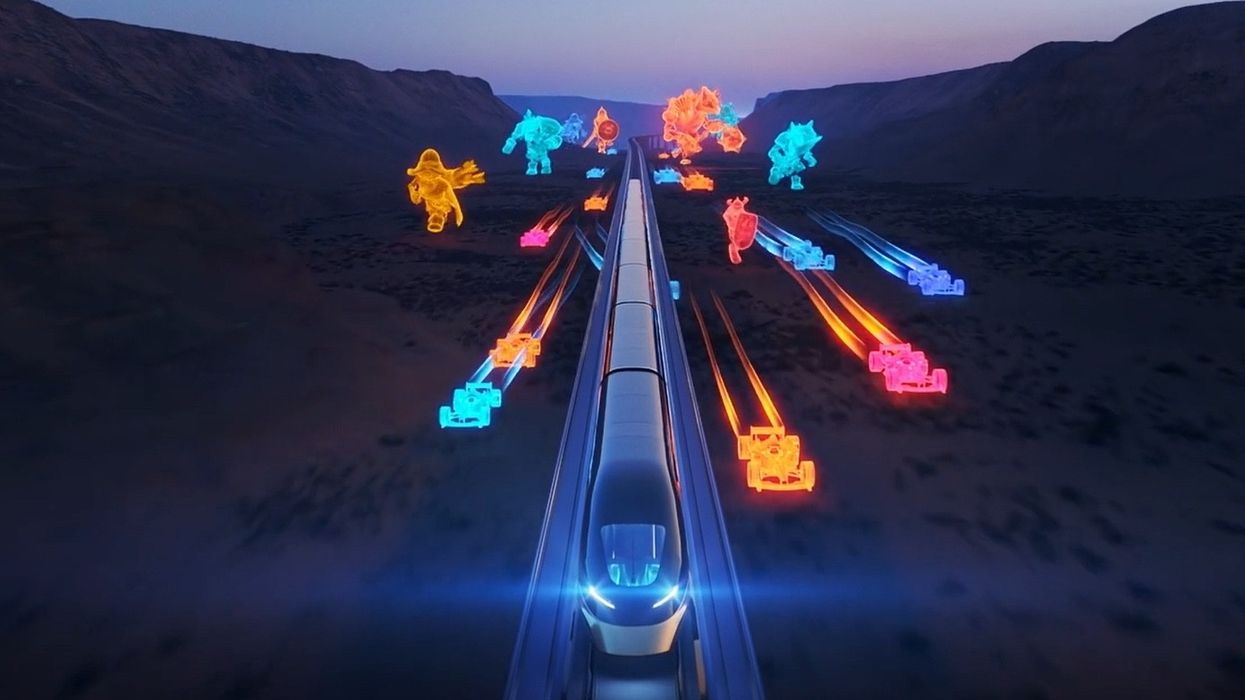Semantic, a company that designs and optimises websites for visitor attractions worldwide, has announced a special introductory offer for all new contracts signed before 30 June.
Summer is a critical time for attractions, and it is key to make a good first impression through their website, which often acts as their digital shop window - the first look that potential visitors get. The LOOP platform was created to offer a fast, new approach to getting visitor attractions online or improving their existing online performance.
Why a good website is vital
The function of a website has undergone a fundamental transformation, explains Neil Lewin, Semantic MD. Today, this digital platform serves as the central hub for an attraction's online presence, providing essential interactions where visitors can plan and research their trip, book tickets and experiences, engage and discover, and find immediate answers.
"Essentially, your website is actively selling the visitor experience well before arrival. If its performance falls short, you begin at a significant disadvantage."
Websites also need to keep up with the AI revolution, he adds:
“Ever noticed how search is changing? People aren't just typing in a few words; they're asking full questions, like "What's the best family day out near Manchester this weekend?" Thanks to AI (think ChatGPT, Google Gemini, etc), answers are getting smarter and more direct.
"This means you need more than just SEO (Search Engine Optimisation). You need AEO – Attraction Engine Optimisation. It's all about making sure your attraction's details are clear, structured and easy for AI to understand and recommend.”
Websites need to give clear, direct answers so that AI can quickly find the info and serve it up. They also need to be fast and easy to use, as well as have rich, helpful content.
"If your website isn't built for this new world, you might as well be invisible. AI won't recommend a slow, messy site. It's that simple."
A simple tool from Semantic
A poorly developed website isn't just annoying; it can cost operators visitors and money. An underperforming website gives a bad first impression, especially if it is slow or outdated. Additionally, if the ticket-buying process is not simple, visitors will give up and go elsewhere.
Visitor frustration starts early. If they're annoyed online, that's how they'll feel about an attraction before they even arrive. Additionally, Google and AI won't display a website if it is slow, not mobile-friendly, or generally difficult to use, allowing competitors to capture all the traffic.
A bad website is a waste of marketing money, too - ads and social media posts are pointless if the website they link to is a turn-off.
This is where LOOP by Semantic comes in. It is explicitly designed for visitor attractions, ensuring their online presence shines.
LOOP is a shortcut to a fast, user-friendly, and visually appealing website, perfectly tuned for the sector. Built by the experts at Semantic, who have been helping attractions wow visitors for over two decades, using LOOP results in a site that showcases an attraction's unique offering, features straightforward navigation and powerful calls to action, is mobile-friendly, and is built to help AI understand and recommend it effectively.
See also: LOOP: engaging visitor attraction websites made easy
"It's quick, flexible, and always up-to-date with the latest features, all included in one simple subscription," adds Lewin. "No more faffing about with complicated systems. Basically, LOOP handles the tech headaches, so you can focus on what you do best: creating unforgettable experiences for your guests."
Migrating to LOOP is straightforward, with the team handling SEO redirects, transferring the content, and setting up analytics.
The introductory offer is available now. New clients signing up in May or June get free content migration up to the first 100 pages and a free 6-month upgrade to a Pro Package for the price of the Starter Package.
Earlier this year, the LOOP platform helped to power a brand-new website for the Haynes Motor Museum in Somerset, UK. The redesigned site aims to provide a more engaging and user-friendly experience, enhancing the way visitors interact with the museum online.
Charlotte Coates is blooloop's editor. She is from Brighton, UK and previously worked as a librarian. She has a strong interest in arts, culture and information and graduated from the University of Sussex with a degree in English Literature. Charlotte can usually be found either with her head in a book or planning her next travel adventure.






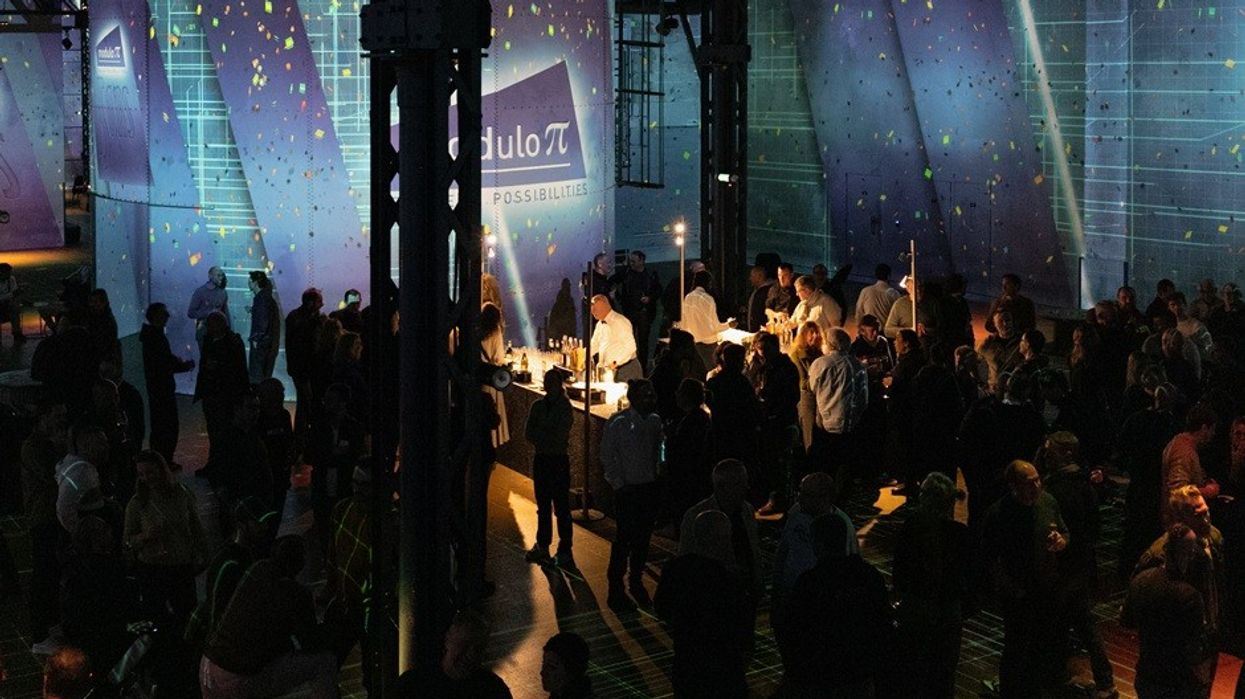
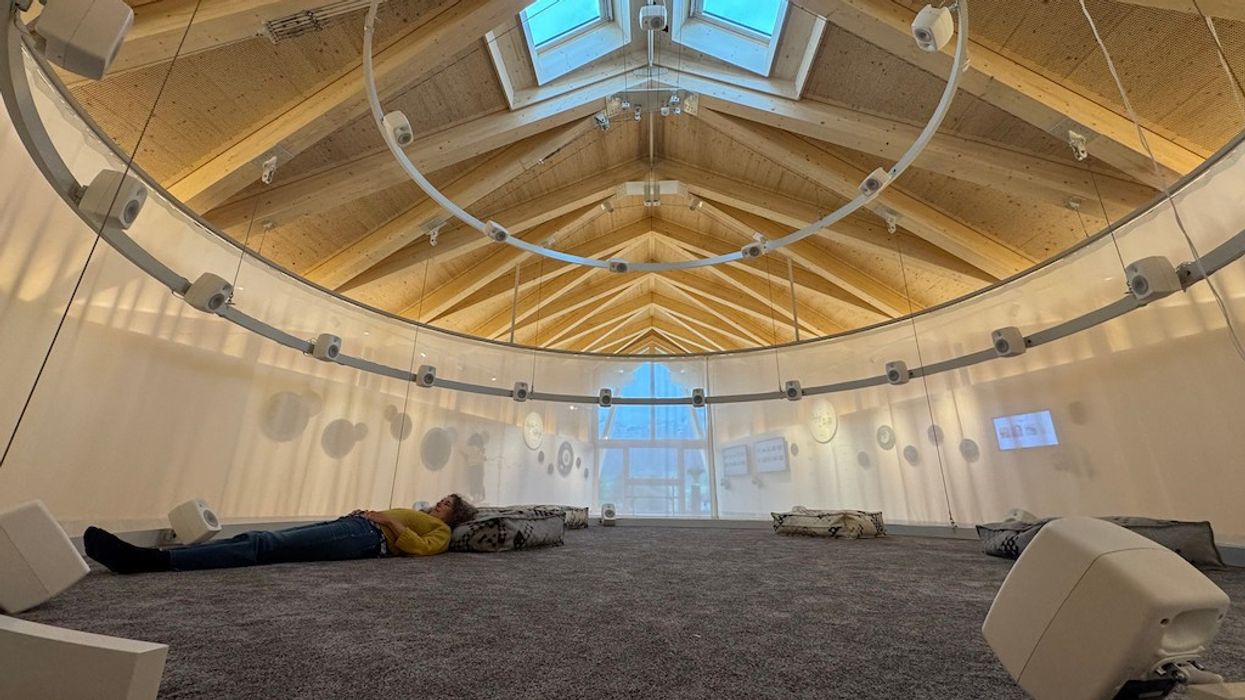
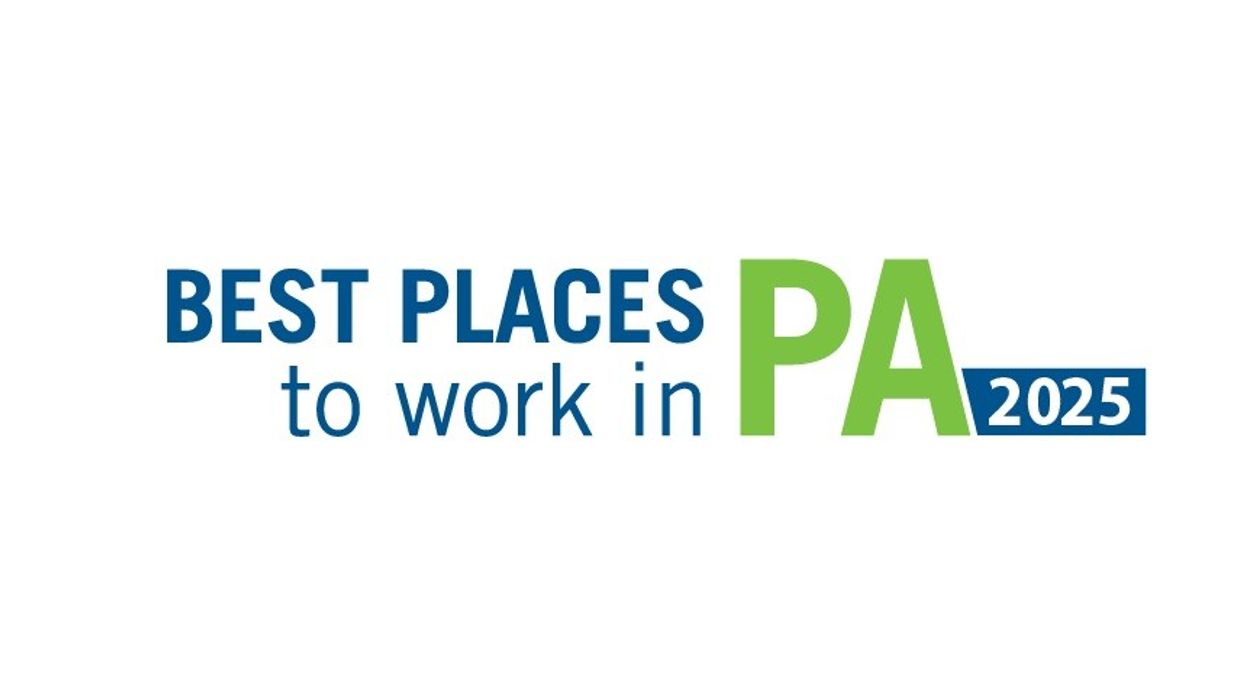

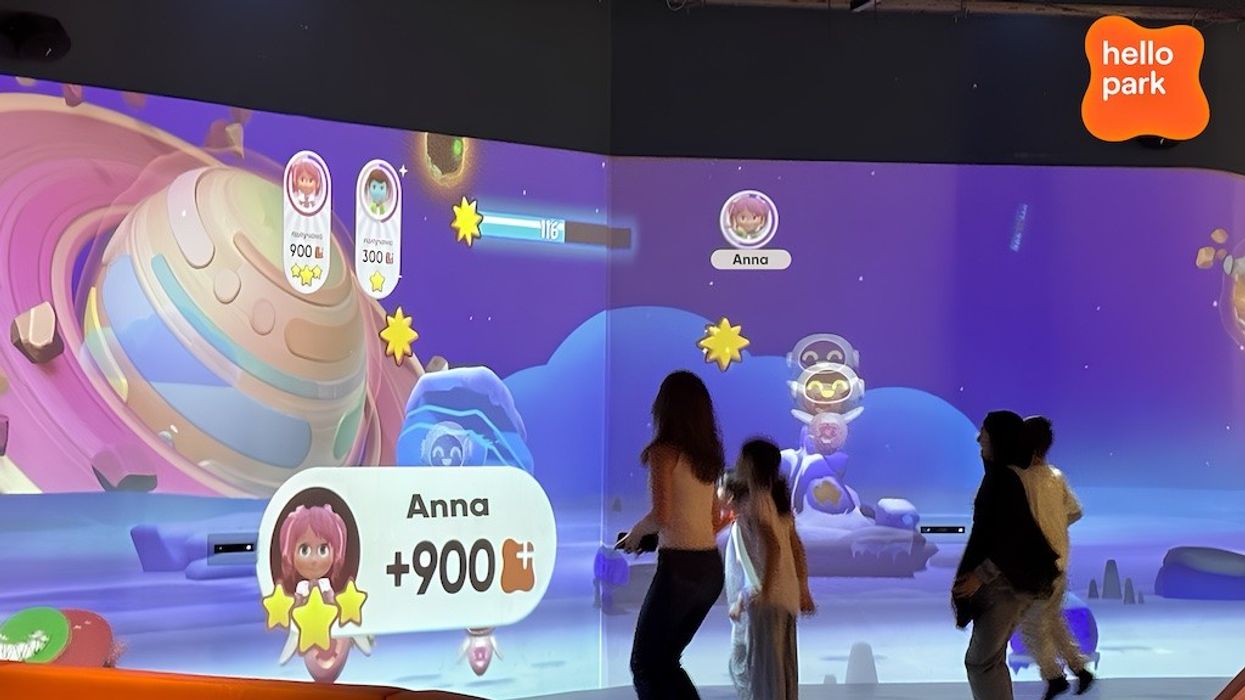
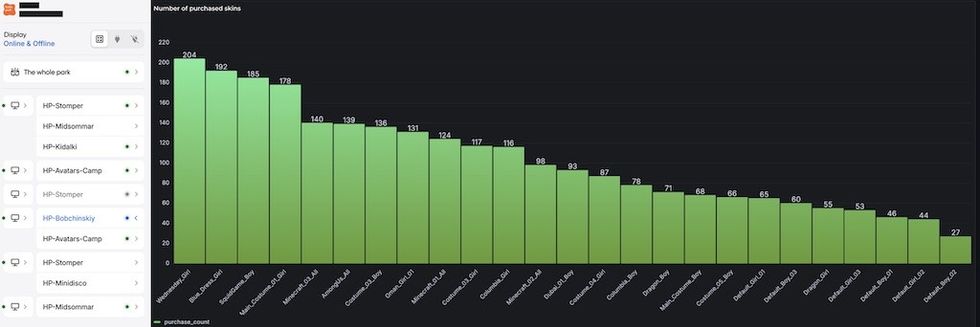

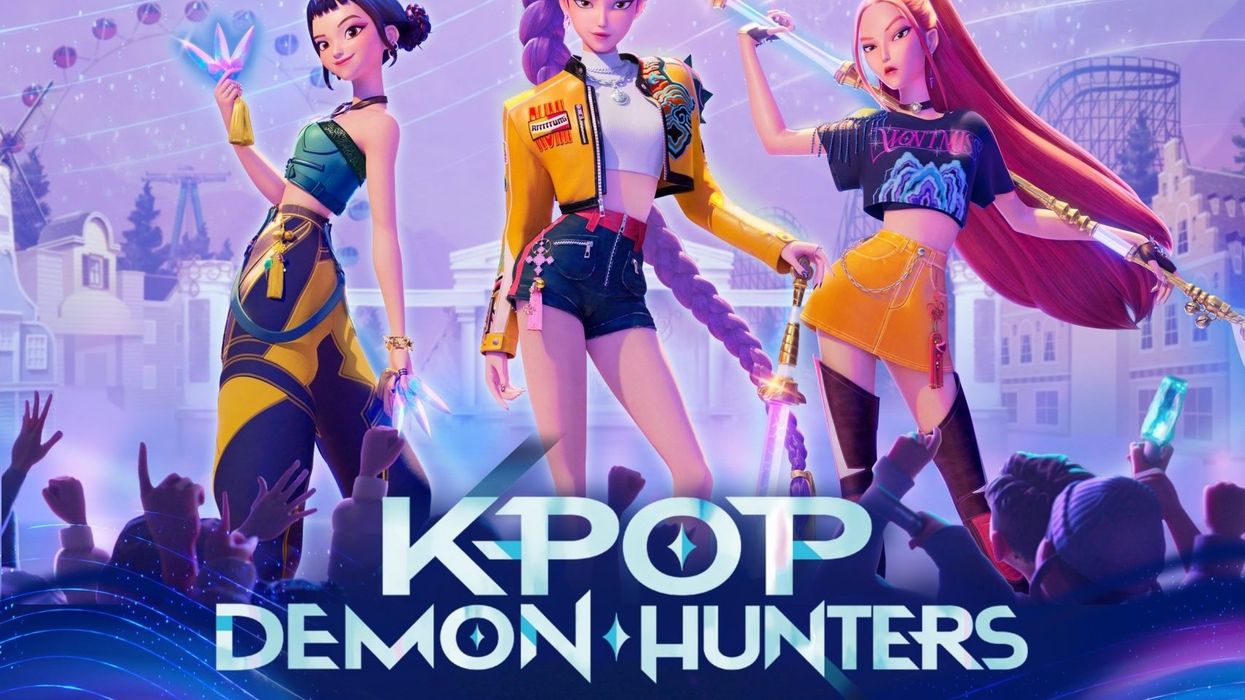
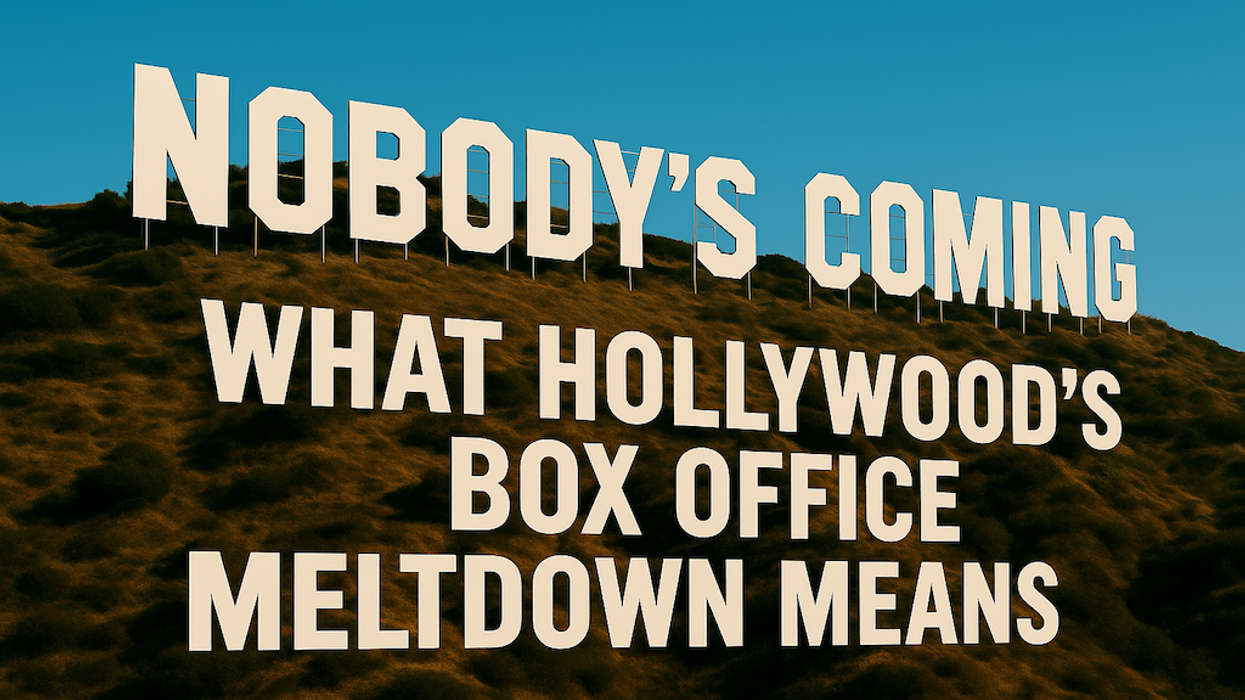
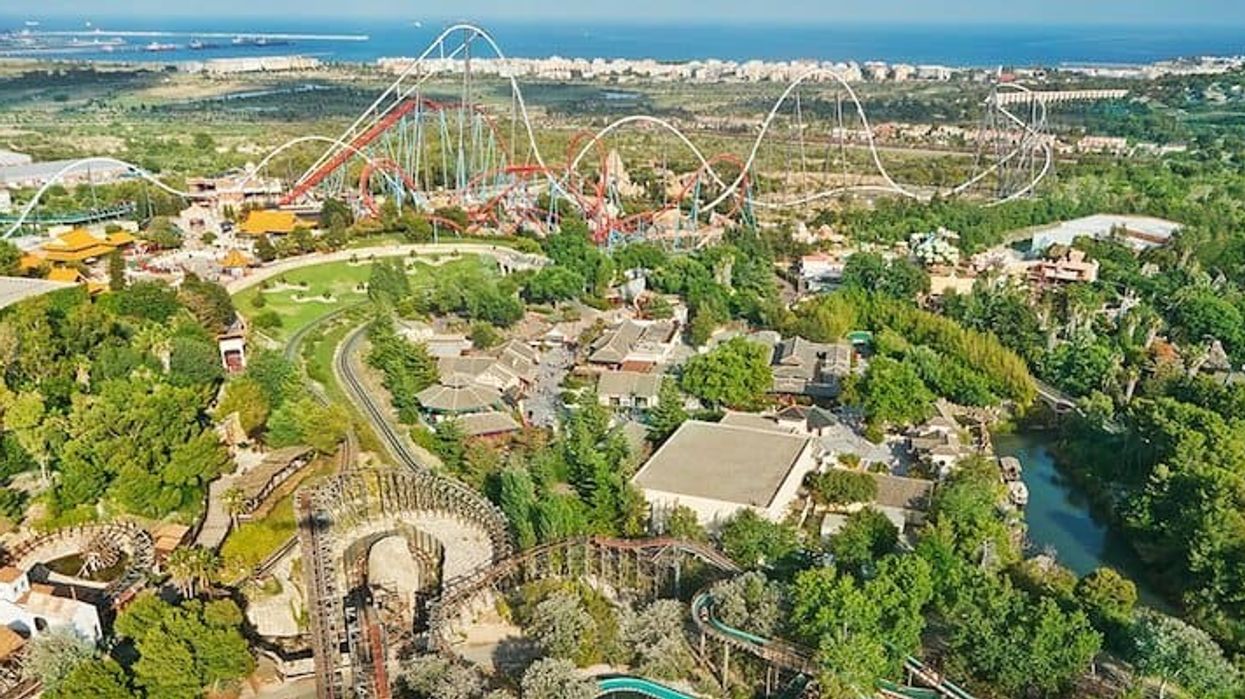
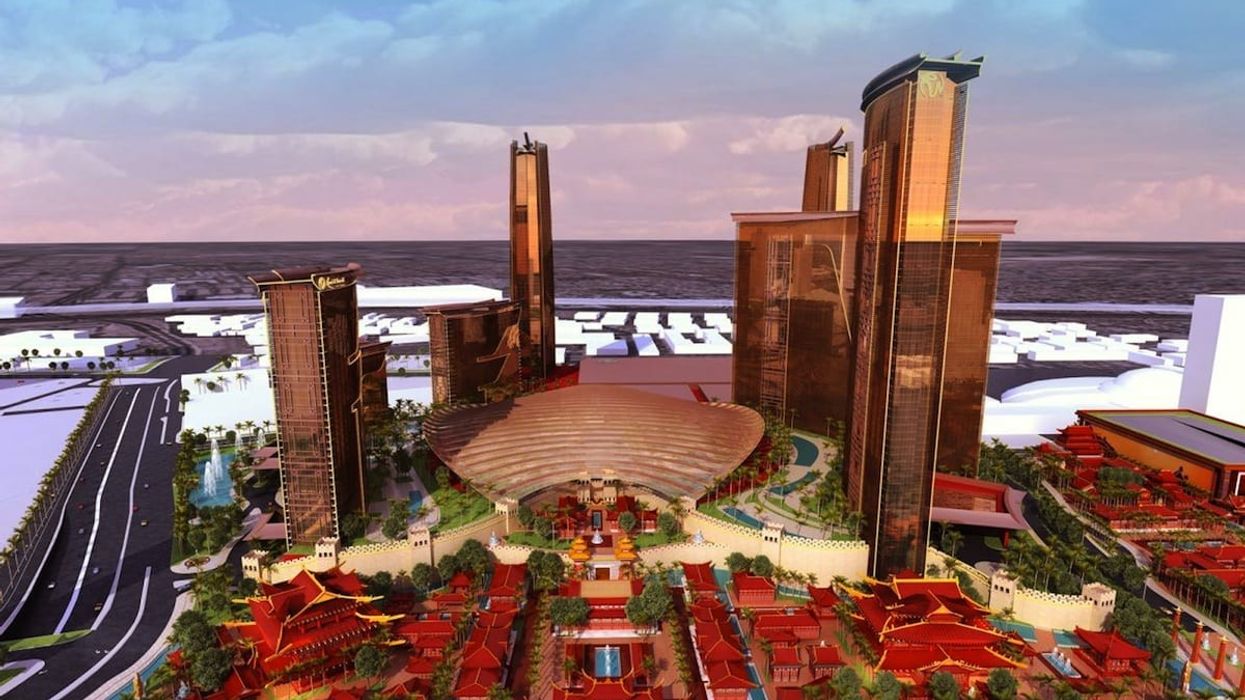


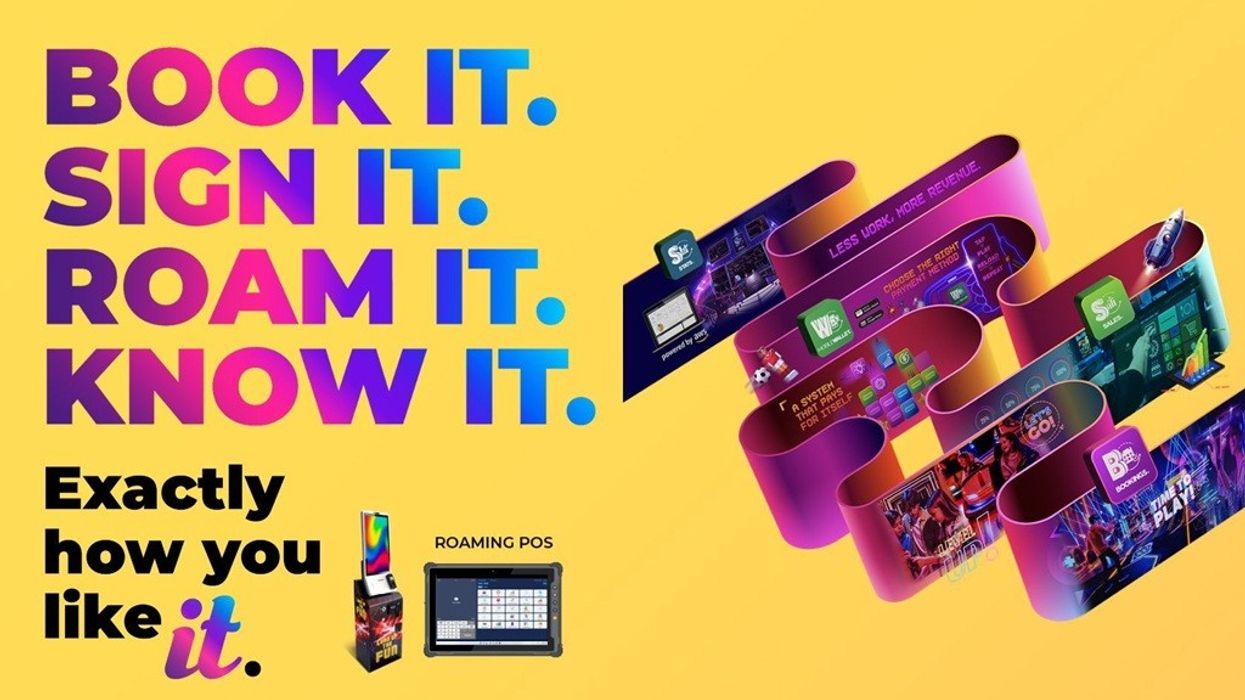

 Jade Craig
Jade Craig